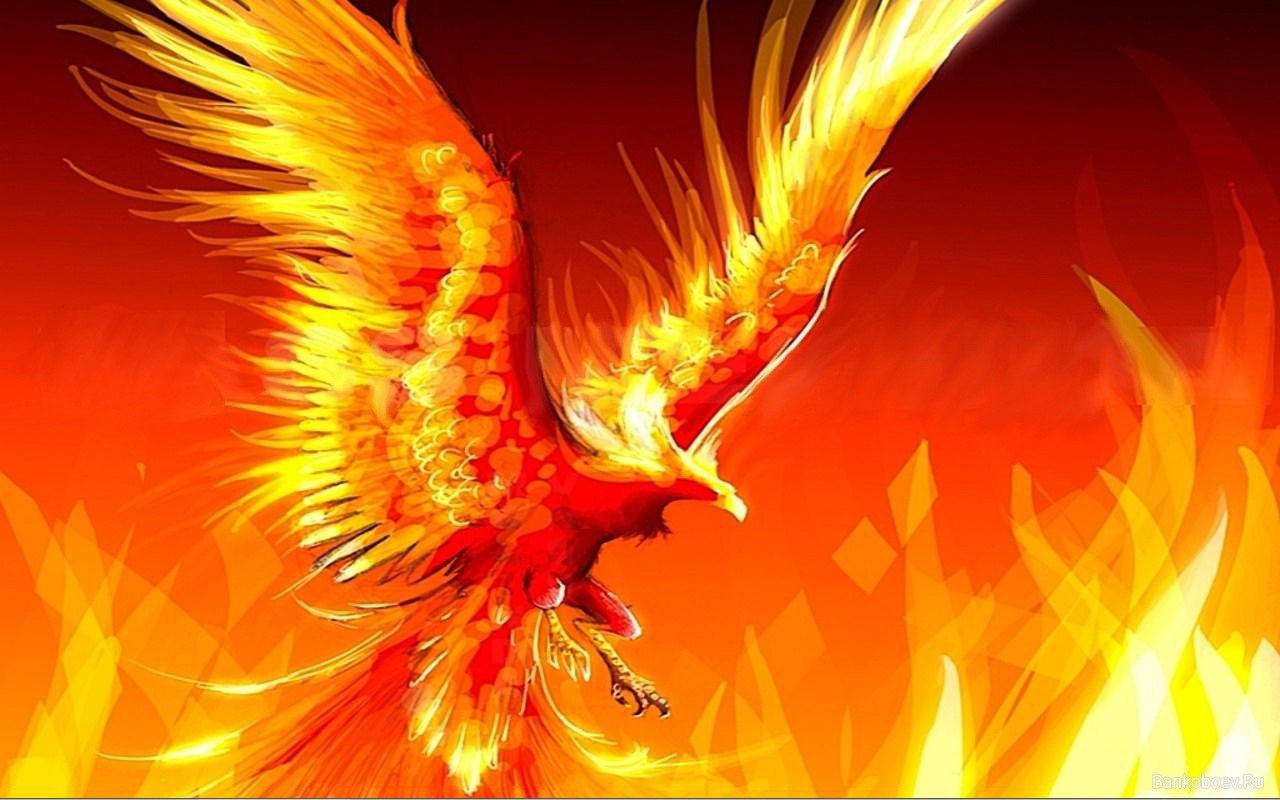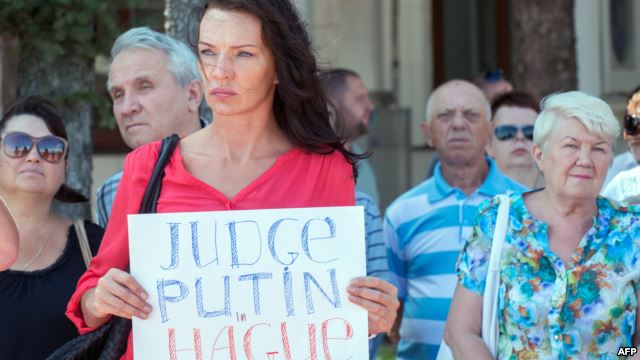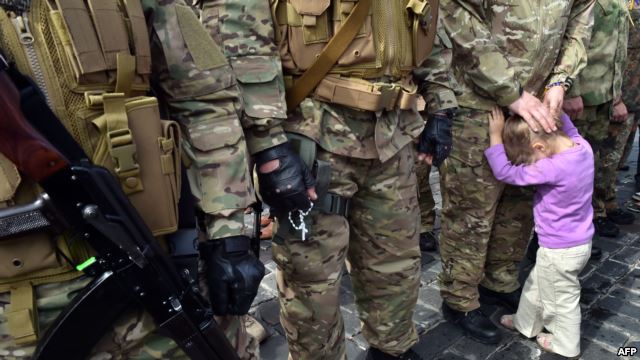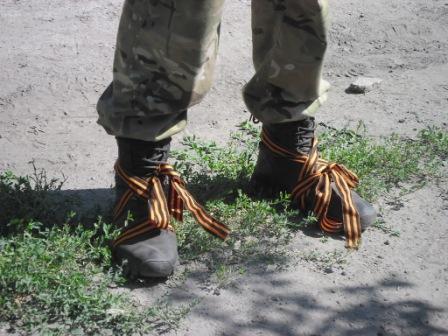Vasyl Mykhailishin for Reformate
After 23 years of corruption and decay, the Ukrainian army suddenly became incredibly necessary for the state and the people. A real military threat to the sovereignty and territorial integrity of Ukraine raised the controversial issue of choosing between a modern army and losing territories bit by bit. Reformate is investigating how the Ukrainian Armed Forces changed in the recent months.
New departments
The Ukrainian military commissariats had not seen such a miracle before March 2014 – Ukrainian men were raring to serve in the army themselves, they did not hide or buy their way out of serving in the army like before. Something had to be done with this avalanche of potential soldiers.
After constant cuts, the army finally increased its numbers – thanks both to mobilization to the existing departments and the creation of new ones. The problem of increase was solved by the government of the country by renewing compulsory military service (on orders of the interim President) and waves of partial mobilization (March, May and July). However, the Defense Ministry frequently refused the volunteers that wanted to defend the Motherland with weapons in their hands, but mobilized those who did not burn with such desire. Bureaucracy and formalism…
Nevertheless, someone who wants to defend the country has somewhere to go today. New departments, which are mostly comprised of volunteers, in the short term augmented the military might of the Ukrainian army. So, a small tour of the newly-created military formations:
- The National Guard of Ukraine: created in March according to the Law. Complied based on the internal army and the Maidan Self-Defense. According to the law, it has up to 60 thousand servicemen. The National Guard is not the army, and is subordinate to the Ministry of Internal Affairs. However because of its active participation in the ATO and obviously military functions we cannot forego mentioning it in the article. Four operative battalions of the National Guard have been created to participate in the war in the East, among which is the well-known “Donbas.”
- “Donbas” battalion (650-800 servicemen) is formally a part of the National Guard, however it has its own specifics.
 First, it has a very charismatic commander with potential political ambitions – under the pseudonym Semen Semenchenko. Second, it was formed as an absolutely autonomous formation, “a partisan troop” from Donbas citizens and other patriotic Ukrainians, which are ready to defend their country with weapons. Third, “Donbas” became an example for the formation of other volunteer battalions – both under the Defense Ministry and the structure of the Ministry of Internal Affairs. Semenchenko submitted to the National Guard leadership for improved coordination and supplies.
First, it has a very charismatic commander with potential political ambitions – under the pseudonym Semen Semenchenko. Second, it was formed as an absolutely autonomous formation, “a partisan troop” from Donbas citizens and other patriotic Ukrainians, which are ready to defend their country with weapons. Third, “Donbas” became an example for the formation of other volunteer battalions – both under the Defense Ministry and the structure of the Ministry of Internal Affairs. Semenchenko submitted to the National Guard leadership for improved coordination and supplies. - Territorial defense battalions. Their creation is prescribed the the Law regarding defense of Ukraine. Though it was passed on the even of independence on December 6th, 1991, several points were only enacted in 2014. Territorial defense battalions are comprised of volunteers and mobilized people, and are financed from local budgets and submit to the Defense Ministry of Ukraine. In the ATO zone, only “Aydar” is fighting on the frontline near Luhansk. The rest were created in case of full-scale Russian aggression. We hope that they will never be used for their purpose.
- Special departments for civil order in Ukraine. They should not be confused with territorial defense battalions. 30

special departments were created within the Ministry of Internal Affairs and are a de-facto “hypermilitarized” police force. Directly involved in the ATO as of today are “Luhansk-1,” “Kyivshchina,” “Artemivsk,” “Azov,” “Mykolayiv,” “Shtorm,” “Kyiv-1,” “Slobozhanshchina,” “Kharkiv-1,” “Kharkiv-2,” “Dnipro-1,” “Chernihiv.” Their functions vary – from direct cleanses of the cities of terrorists (“Azov” in Mariupol) to provision of civil order on freed territories.
The Ukrainian army will be widened even further. According to the former acting Defense Minister of Ukraine Mykhailo Koval on June 18th, soon the Armed Forces will acquire a new department (or type of army) – a special ops force. Such troops exist in many European countries, in the US, Russia, Israel. Ukraine. Their task is to fight the terrorists and partisans, conduct sabotage and counter it, conduct intelligence activities. For the Ukrainian army such a department will be paramount – it is unlikely Russian undermining activity will end after peace is restored in Donbas and we still have Crimea to liberate.
New tactics
The Ukrainian army has never been to war. What is more, leading theorists of the Ukrainian General Headquarters decided that it never will. And the “eastern direction” has never been outlined as a threat to Ukraine. In light of such pacifism, the army was robbed, divested of its assets and involved in building dachas for the generals. There had been no talk of tactics of contemporary warfare – the officers studied textbooks with a Soviet approach to warfare. Ukrainian soldiers and officers could only receive mere crumbs of military experience at international military trainings and during peacekeeping operations in Iraq, Liberia, Sierra-Leone, Kosovo, Bosnia.
The ATO was a cold shower for all “house generals.” Ignorance and lack of skills today lead to significant human losses. Unfortunately the new tactics and strategy of warfare is currently being written in blood in the East of Ukraine. Through success and mistakes the Armed Forces are accumulating priceless experience and tactical skills that are worth mentioning further:
- War in cities: if the Ukrainian army was prepared for some sort of war, it was definitely the traditional kind – against a definite enemy and accumulations of their manpower, armored equipment. The necessity to wage war on our own territory, in cities, among big numbers of civilians, changed the tactics of battle. The Ukrainian army does not shoot at cities – only individual industrial districts the terrorists are based in. The siege tactic is being used widely and with moderate success – by cutting the terrorists off from their supplies and retreat paths.
- Nighttime warfare: the soldiers are forced to learn to fight at night both with special equipment (thermal vision equipment) and without it. The key is extreme vigilance at roadblocks, military guard, massive intelligence activity.
- Fortification and masking: the establishment of ATO departments in the middle of the field while ignoring all masking rules gave horrible results – for example, during the “Grad” shooting near Zelenopillya, at lease 23 soldiers died and up to 100 were wounded. Where the troops, even completely exhausted, dig trenches the right way, reinforce their bases and mask themselves, the losses among the organic units are minimal.

- Mining works. When retreating the terrorists like mining everything on their path. The miners are receiving priceless but dangerous experience. One fact testifies to the efficiency of the Ukrainian miners – within a week in Sloviansk over 2000 incendiary devices have been diffused.
- Informational war. Every law enforcement institution now pays more attention to timely information provision regarding the development of military action and the terrorists’ crimes. Press officers and spokesmen of various institutions became not only the source of news for foreign press, but opinion leaders as well. Among them, the ones worth mentioning are the advisor to the Minister of Internal Affairs Anton Gerashchenko, ATO press officers Vladyslav Selezniov and Olexiy Dmytrashkivskiy, the head of the National Guard press service Yuriy Stets, NSDC spokesman Andriy Lysenko.
New ammunition
Within the recent months the Armed Forces and other formations participating in the ATO received a big amount of new ammunition, machinery, weans and other equipment. There is a huge lack of balance between the departments – while some may lack bulletproof vests, others have been supplied according to the standards of the US special army service. This has to do with the hybrid supply system, which we will talk about in the next paragraph. So, what have the Ukrainian soldiers received during the ATO:
Bulletproof vests and equipment – an average national guardsman on the front line looks approximately like the one depicted on the photo. Thanks to volunteers and the government, the soldiers are receiving new bulletproof vests, tension-relief vests (vests with pockets), tactical glasses, protective shields for their knees and elbows, new uniforms which is better suited for the local conditions, means of masking. Bulletproof vests are given utmost importance. The Defense Ministry and the volunteers supplied the army with vests from Ukraine, the US, Germany, Russia.
on the photo. Thanks to volunteers and the government, the soldiers are receiving new bulletproof vests, tension-relief vests (vests with pockets), tactical glasses, protective shields for their knees and elbows, new uniforms which is better suited for the local conditions, means of masking. Bulletproof vests are given utmost importance. The Defense Ministry and the volunteers supplied the army with vests from Ukraine, the US, Germany, Russia.
Helmets – the old Soviet helmets dating back to World War II had to be replaced. Now kevlar helmets with masking nets are “in fashion” – they can withstand AK-47’s and sniper rifles. The volunteers are taking the helmets through the border, sometimes literally wearing them.
BTR-3 and 4 –
the Ukrainian army has finally seen new Ukrainian BTR carriers. The new machines with protective nets can withstand a direct hit from an anti-tank missile – which was proved near Sloviansk. It is known that the Armed Forces received at least 4 new BTR’s, and the National Guard – 48. 58 more are expected in the nearest future.
Unmanned aerial vehicles. A new weapon that, it seems, only the most modernized armies of the world would have, is now being actively used in Ukraine. Several radio-piloted jets were bought by “Donbas” battalion. There are several types of unmanned vehicles at Ukraine’s disposal, among which is the “people’s UAV” – planned, constructed and bought using volunteer funds. The UAV’s are now being used only as intelligence devices and fire line correctors and cannot wage war alone. To be continued?
Thermal night vision equipment: the Ukrainian soldiers lamented their nighttime “blindness” during the ATO. The terrorists were able to approach the roadblocks without hindrance, shoot at them and run away without being detected. This problem found a gradual solution: the volunteers started supplying the military units with modern thermal vision equipment (they convert thermal radiation into color) and night vision equipment (they amplify light emitted by objects). Of course, these are still insufficient, however the situation is no longer as critical.
New supply system
The antiterrorist operation and the rebirth of the Ukrainian army would have been impossible without the volunteers. The Defense Ministry turned out to be an inflexible structure which was simply unprepared for a swift switch into warfare mode. The vast number of supplies was taken on by volunteers – civil activists, businessmen, regular impartial people and even oligarchs.
We can speak of an entirely new system of supplies – a hybrid one (in accordance with the term many experts use for the war Ukraine is involved in). Let’s try to systematize who and how supports the functioning of the ATO.
Of course, the main “donor” of various types of weapons is the Defense Ministry. After longtime tender competitions and bureaucracy the Defense Ministry also managed to send a big number of bulletproof “Korsar-4” vests – over 2 thousand, while the general order was 24 thousand.
Other spheres are dominated by structures that have nothing to do with the Ministry.
 First, there are online volunteer groups – Army SOS, Wings Phoenix, Return alive etc. Having received experience during Euromaidan provisions, they transferred their activity to the departments of the Ukrainian army. They supply everything: food, water and medicine, bulletproof vests, night vision equipment, defense systems for the BTR’s and BMP’s. The volunteers become invaluable when it comes to supplies that cannot be done without contraband – for example, importing munition from European countries or Celox, which is an unlicensed drug in Ukraine, aimed to stop bleeding. All online groups have an “open accountability” – they report on the funds they collect and use.
First, there are online volunteer groups – Army SOS, Wings Phoenix, Return alive etc. Having received experience during Euromaidan provisions, they transferred their activity to the departments of the Ukrainian army. They supply everything: food, water and medicine, bulletproof vests, night vision equipment, defense systems for the BTR’s and BMP’s. The volunteers become invaluable when it comes to supplies that cannot be done without contraband – for example, importing munition from European countries or Celox, which is an unlicensed drug in Ukraine, aimed to stop bleeding. All online groups have an “open accountability” – they report on the funds they collect and use.
Second, there are individual activists and coordinators. Many of them were active Maidan and AutoMaidan participants – Roman Synitsyn, Olexiy Arestovych, Vitali Umanets. They act on the same principle the groups do – collect money, buy the necessary equipment, bring them to the units, report on Facebook. As opposed to the Ministry of Defense, the activists don’t need to hold long-term tenders, do tons of paperwork, put aside money for bribes. They are working on the people’s trust and are asking the state do one thing only (as said by volunteer Diana Petrenya) – to no interfere with their work. And also to learn from their positive experience.
Third, territorial communities play a very important part in supplying ATO troops – as they are the ones financing territorial defense battalions and partially the army brigades from their oblasts.
Lastly, and most importantly, thousands of regular citizens are involved in supplying the Ukrainian army today. They regularly and irregularly bring food and water to the roadblocks. They use their own money to equip individual soldiers. They donate 5 UAH to the Defense Ministry by text – the law allows the Ministry to use these funds post factum. They buy state “military” obligations at 1000 UAH each. They donate money for the treatment and rehabilitation of the wounded. They simply help with care and their kind words.
The “popularity” of the Ukrainian army today is so impressive that it can be envied by all former and current communist regimes with their compulsory “popular” armies. To our mind, this is the key to the modern Ukrainian army’s success. The most important thing is for the attention to the armed forces not to wane at the end of the ATO. We hope that the government has understood one simple truth: the army is not just a symbolic attribute of sovereignty. It is the shield without which the state is completely defenseless, even if it is located in the center of “civilized Europe.”
[hr] Source: Reformate
Translated by Mariya Shcherbinina





